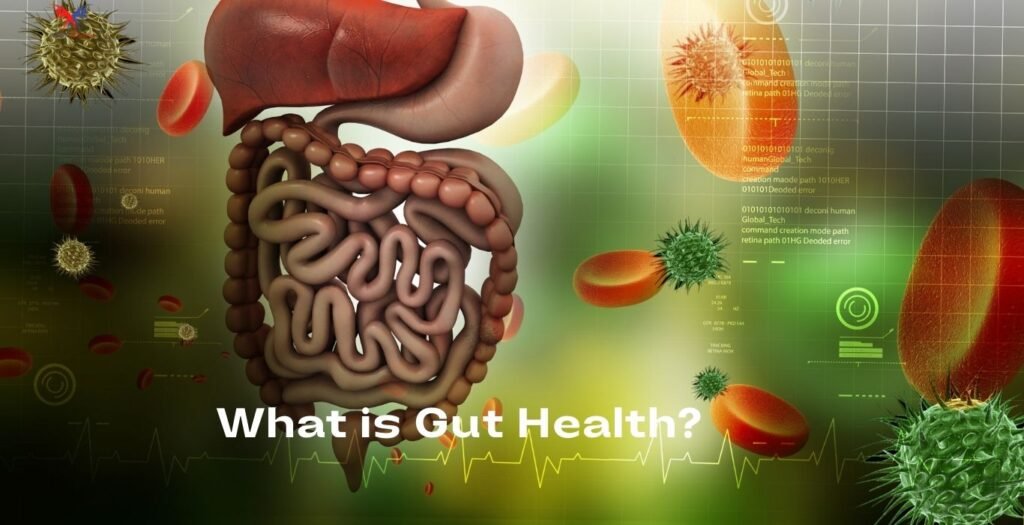5 Colorful Plant Based Diets for Gut Health
like whether we eat a plant based diet or an animal-based diet, anything about how our food choices can have a big effect on our gut health. The food you eat is one of the most important things that affects the health of your digestive system, no matter if you are a vegetarian, vegan, or general eater. We will talk more about how different foods affect the health of our guts.

Plant Based Diet
Rich in fruits, vegetables, whole grains, legumes, nuts, and seeds, power house for gut health
- High fiber content in plant food: growth of beneficial gut bacteria and enhances gut microbiomeiversity.
- Low in saturated fats and cholesterol: Favorable for Gut Health.
- Rich in antioxidants and Phytonutrients: Resulting in Digestive wellness, nourishing gut microbiota,
- Decreased risk of nutrition related diseases
Animal based diet:
Revolves around foods derived from animals, including meat, poultry, fish, dairy, and eggs
- Growth of opportunistic (bad) bacteria—high in fat and low in fiber content: Increased inflammation and reduced immunity
- High in saturated fats and cholesterol: Unfavourable for gut health Causes other issues like heart diseases, obesity, and highblood pressure, etc.
- Animal agriculture : Greenhouse gas emissions and use
- Increased risk of nutrition-related diseases
Nutrition-related diseases are cardiovascular disease, diabetes, obesity, hypertension, and neurological issues.
SIGNIFICANCE OF COLORED FRUITS AND VEGETABLES
- The colors that plants have come from pigments, which are made up of many different chemicals.
- Foods that are in season have a lot more nutrients than foods that aren’t in season.
- These fruits and veggies contain a variety of soluble and insoluble fibers that are good for your gut health and the good bacteria that live there.
DID YOU KNOW?
- About 78% of adults around the world don’t eat a range of colorful foods, even though they are good for you in many ways.
- India grows a lot of fruits and veggies and eats a lot of them. But it’s interesting that the usage is still not what the WHO says it should be.
COLOURED FRUITS AND VEGETABLES
RED FOOD
- Carotenoids are responsible for the red, orange, and yellow hues found in numerous fruits and vegetables.
- These pigments are soluble in fat and come in different forms, such as beta-carotene, lycopene, and lutein.
- They can be found in plants and also play a role in the coloration of certain animals.
- The human body converts beta-carotene into vitamin A, which is essential for vision, immune function, and cell growth.
- Carotenoids are potent antioxidants, protecting cells from damage caused by free radicals.
GREEN FOOD
- Plants have this green pigment called chlorophyll, which is super important for photosynthesis.
- It absorbs light most efficiently in the red and blue regions of the electromagnetic spectrum.
- Chlorophyll and hemoglobin have similar structures.
- It’s been commonly used in traditional medicine and natural health practices.
- It has the ability to detoxify and promote healing of wounds.
PURPLE, BLUE FOOD
- Water-soluble pigments known as anthocyanins provide vibrant red, purple, and blue hues to numerous fruits, vegetables, and flowers.
- Anthocyanins can change color based on the pH level.
- Antioxidants in anthocyanins protect cells from oxidative stress and reduce inflammation.
- They are famous for their potential advantages in cardiovascular health and brain function.
- Berries like blueberries, strawberries, and blackberries contain high concentrations of anthocyanins.
ORANGE, YELLOW FOOD
- Source of Vitamin A
- Associated with Reduced Risk of Chronic Diseases.
- Present in Fruits and Vegetables
WHITE AND BROWN FOOD
- Have a good source of allicin, which helps promote the growth of good bacteria in the gut, like Bifidobacteria, which has prebiotic-like effects.
- Powerful Compound in Garlic
- Properties with antibacterial and antifungal effects. Potential benefits for the cardiovascular System.
- Sensitivity to Heat and Storage.
Your Checklist
- Consume a variety of colorful fruits and vegetables daily.
- Aim for at least five servings daily.
- Spread them throughout your day—for breakfast, lunch, and dinner.
- Fill at least half of your plate with colorful fruits and vegetables.
- Leverage snacks as an opportunity to nourish your body with these colorful plant-based diets as gems.



Pingback: Carbohydrates: The Enemy or Ally for Your Health Goals? Unpacking the Debate! - Fitness Lifestyle